Our cities are damaging our health. Here’s how plants can help us.
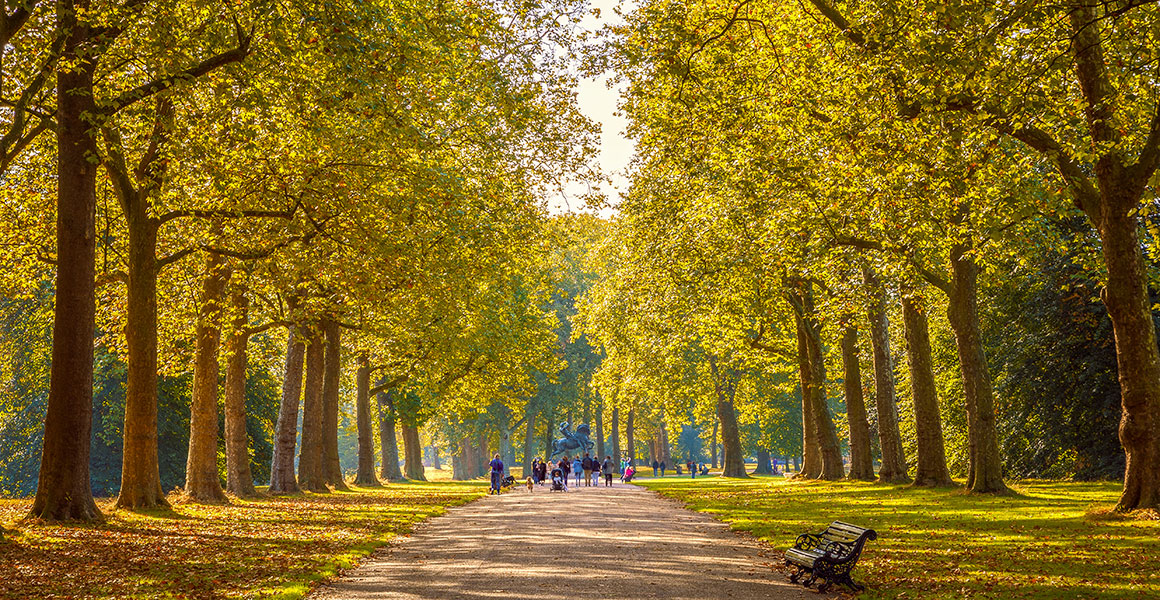
Hyde Park is a large green space in central London. Not only does it provide outdoor space for us, but it’s also a unique habitat for a wide variety of plants and animals. © I Wei Huang/ Shutterstock
By 2050, 68% of the global population will live in cities. That’s 2.5 billion more people than today. In Europe, three out of four of us already live in urban areas and the consequences of that are becoming clear.
Researchers estimate that nine million people die every yearopens in a new window as a direct result of air pollution. In London, two million people – of which 400,000 are children – are living in areas with toxic air.
Why do we need nature in urban areas?
As our cities grow and more people move into already crowded spaces, what do we need to do to transform our urban areas into healthy places to live? Research is telling us that we should be letting nature back in.
Dr Cecil Konijnendijkopens in a new window is a Professor of Urban Forestry at the University of British Colombia (UBC). He studies the role of nature and green spaces in cities and towns and how we can use the natural world to make urban environments healthier and more liveable.
“Research shows really clearly that we need nature in our surroundings. We need trees in our streets, plants in our gardens and flowers on our balcony. We need nature as our neighbour all the time.”
“We have a responsibility as human beings to take care of nature in our cities. In return, the benefits to our health would be huge.”
Growing a mini meadow of wildflowers in your garden or in a pot on a balcony can be beneficial to our health and make life better for pollinating insects. Video with audio description (1 minute 27 seconds)opens in a new window.
The urban heat island effect
Green spaces in cities mitigate the effects of pollution and can reduce a phenomenon known as the urban heat island effectopens in a new window. This refers to heat trapped in built-up areas.
The urban heat island effect appears in towns and cities as a result of human activity. The heat generated by people, transport, shops and industry is trapped in the narrow roads and concrete structures, unable to escape to the atmosphere. This can bring the temperature in urban areas up 3–4°C higher than the surrounding countryside. With that comes a vicious cycle.
Increased temperatures in summer leads to an increased demand for cooling. This expands our energy consumption, which in turn intensifies fossil fuel consumption, increasing pollutants in the air and harmful smog on our streetsopens in a new window.
Hotter pavements also damage the water cycle. In summer, surface temperatures can be a staggering 50°C hotter than the surrounding air. That heat is transferred to the rainwater that drains into our sewers, which in turn raises water temperatures as it’s released into streams, rivers and lakes. This can be destructive to aquatic ecosystems, as changes in water temperature can be stressful or even fatal for marine life.
The benefits of green spaces in cities
Planning cities to include green spaces wherever possible is the first step in making our urban areas healthier. For example, adding a layer of vegetation to rooftops and creating green roofs has proven to reduce the urban heat island effect.
Having soil, plants and greenery on our roofs would both reduce surface temperature and serve as insulation for the structures below. This would reduce the energy needed to heat and cool the buildings. Green roofs can also help regulate rainwater, trapping it as it falls and filtering out pollutants.
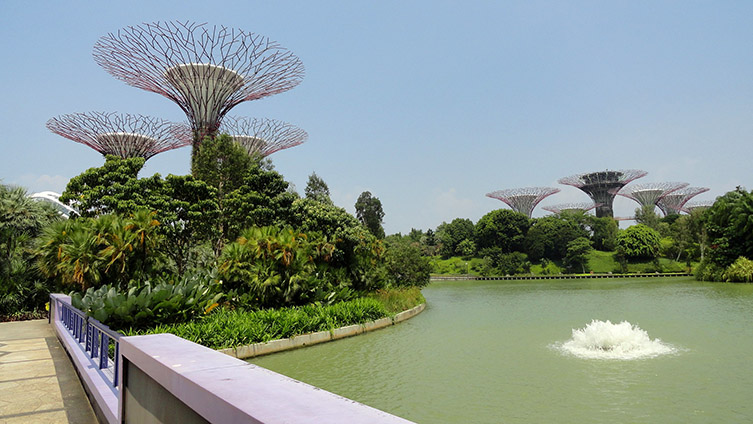
Singapore's Gardens by the Bay is a great example of a city bringing biodiversity into its centre. The tall structures pictured make up the sky garden's Supertree Grove. These vertical gardens are home to a wide variety of plants including orchids, vines and ferns. © Fabio Achilli (CC BY 2.0opens in a new window) via Flickropens in a new window
Trees in our streets also play their part, and a variety of tree species can have a profound effect.
“By increasing the diversity of trees on our streets we can create miniature forests,” Cecil explains. “This has already started to be implemented in cities like Singapore, where they’re mixing human structures with many different tree species.”
“These miniature forests in our cities create ecosystems, bringing a diversity of insect and bird species which, in turn, keep the trees healthy. If we allow ecosystems to flourish, we have to spend less resources on maintaining them.”
Cecil recommends going beyond creating pockets of nature within a city. “If we give space to natural processes and link up our green spaces, we can create flourishing and wild ecosystems in man-made environments,” he says. “There were no sightings of the critically endangered smooth-coated otter in Singapore for decades. Now they’re returning to the city, because of its dedication to nature.”
Green cities mean giving up some control of our surroundings – but for our long-term benefit.
“We need to get used to letting go and try not to manage everything. Some natural spaces are messy, but that's a good thing! Messy nature isn’t just a great habitat for wildlife but it’s good for children to play in. Children’s depression and ADHD is on the rise and one of the reasons is our disconnect from nature.”
Simply having access to green spaces in cities can do wonders for our stress levels and concentration at work.
“People need to interact with nature whenever the opportunity arises. Something as simple as a five- to ten-minute break during the workday can improve well-being and boost productivity,” says Cecil.
Democratising our green spaces
Right now, however, accessing to green spaces isn’t universal – what’s more, it can be a driver of inequality in our societies.
In 2008, a Lancet studyopens in a new window by Dr Richard Mitchell and Frank Popham of 40 million British people found a link between income inequality, access to green spaces and life expectancy.
The study revealed that in rural areas with plenty of access to green spaces, the life expectancy of those on the highest and lowest incomes was roughly the same.
However, in urban environments, the gap in life expectancy was staggering. People on the lowest incomes living in cities are expected to live 10 years less than those on the highest incomes. This is due in part to the green spaces available to the richest people, who often live in open, leafy areas, while the poorest are often left living in overcrowded, heavily concreted areas.
Mitchell and Popham’s results showed that as you move along an axis of increasing access to green spaces, the difference in life expectancy decreases. But the problem can’t be solved just by creating green spaces in poorer areas.
Dr Matilda van den Boschopens in a new window is a physician and an assistant professor at UBC, with a PhD in landscape planning and public health.
“It’s not as simple as just creating green spaces in certain areas,” she explains. “The situation we have at the moment is that high-quality urban areas, with good access to nature, are more expensive to live in.”
“What’s happening is that green spaces are being created, but suddenly those areas become more desirable and housing costs go up – often pricing out the people currently living there. It’s a kind of green gentrification.”
“What we need is for there to be an effort to recognise that green spaces are vital for everyone and that everyone should feel the benefit. Parks should be easily accessible, democratic spaces – somewhere you can go without the pressure to spend money and meet people from all walks of life within your community.”
It’ll take some effort to truly bring nature into the heart of our cities, especially to sprawling urban jungles.
But there’s plenty that all of us can do right now to protect what we have and encourage nature to flourish. By caring for and using the parks and green spaces near us, we show councils that these precious places are cherished.
You can also use your voice. Talk or write to those who oversee the public green spaces in your area – in the UK, this would be your local council and MP – about the changes you’d like to see. We all need to work together to create real change for people and the planet.

Do your bit for nature
Biodiversity is connected to almost every aspect of our lives, but it needs our help. Small actions can make a big difference.
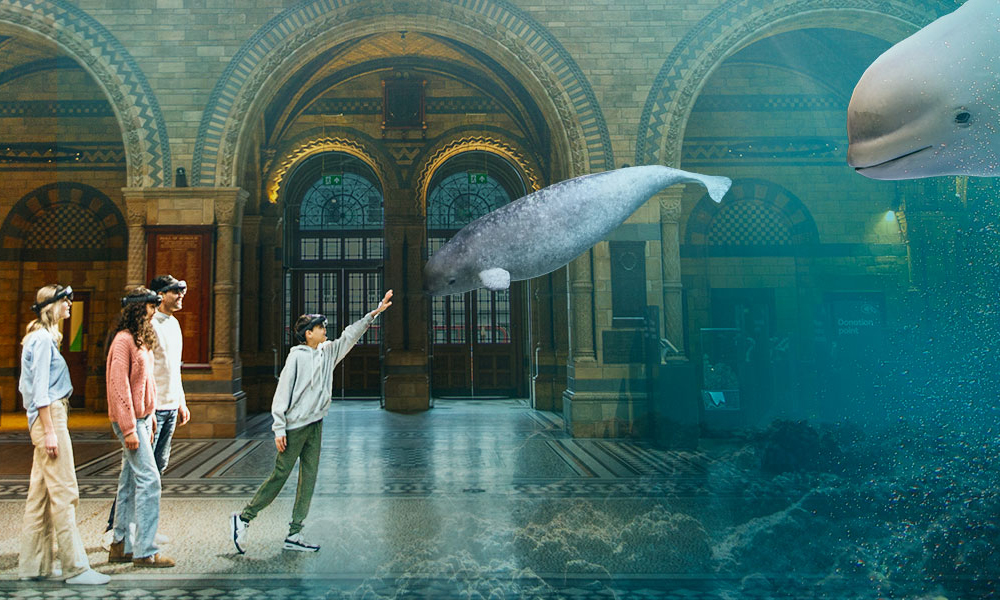
Ever wondered what life could be like?
Step 100 years into the future with Visions of Nature, our new mixed reality experience, to explore what could lie ahead for the planet.
Open from 24 October, tickets just £9.95
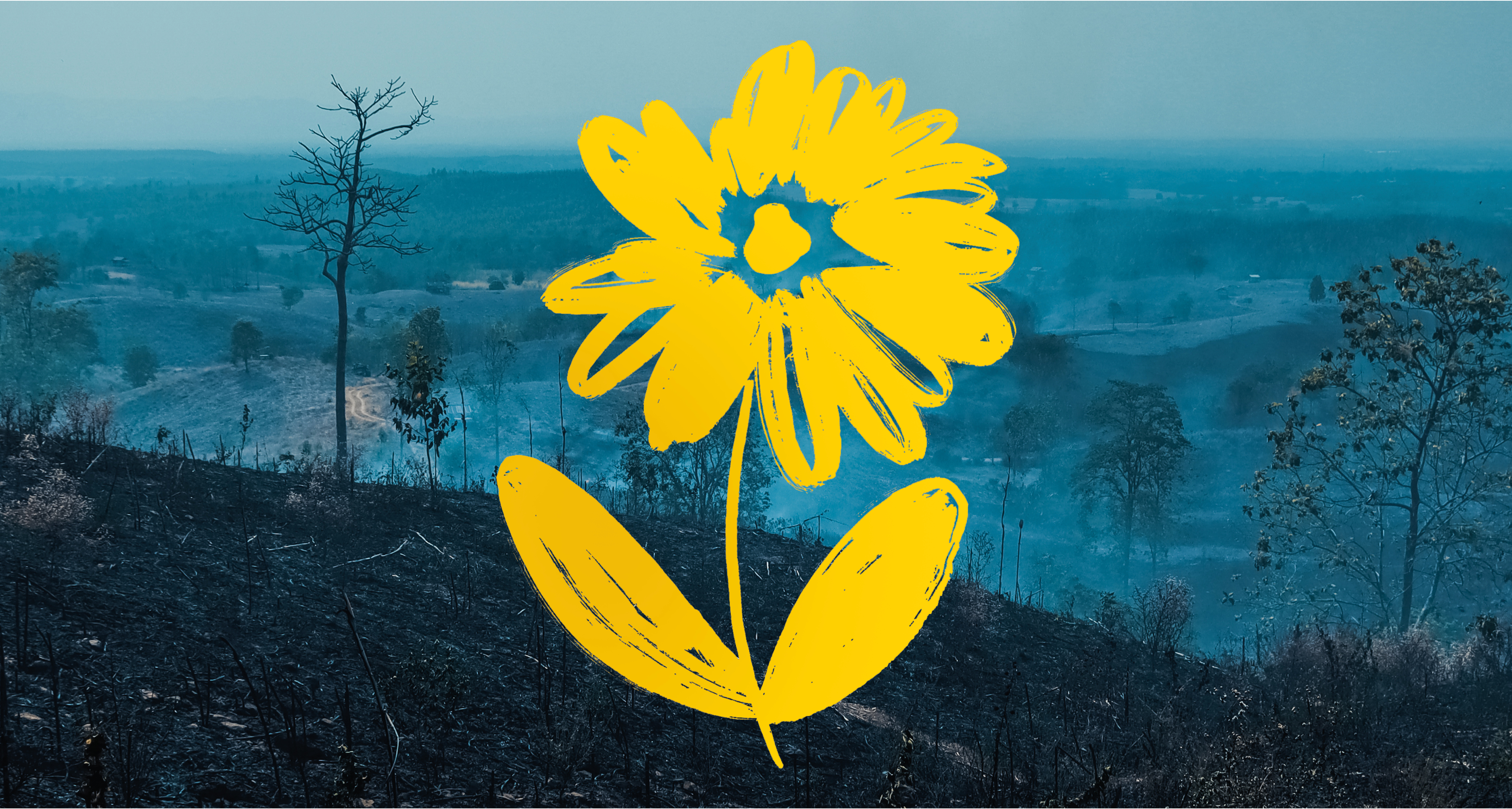
Fixing Our Broken Planet
Discover science-backed, hopeful solutions that will help us to create a more sustainable world.
New gallery open now.
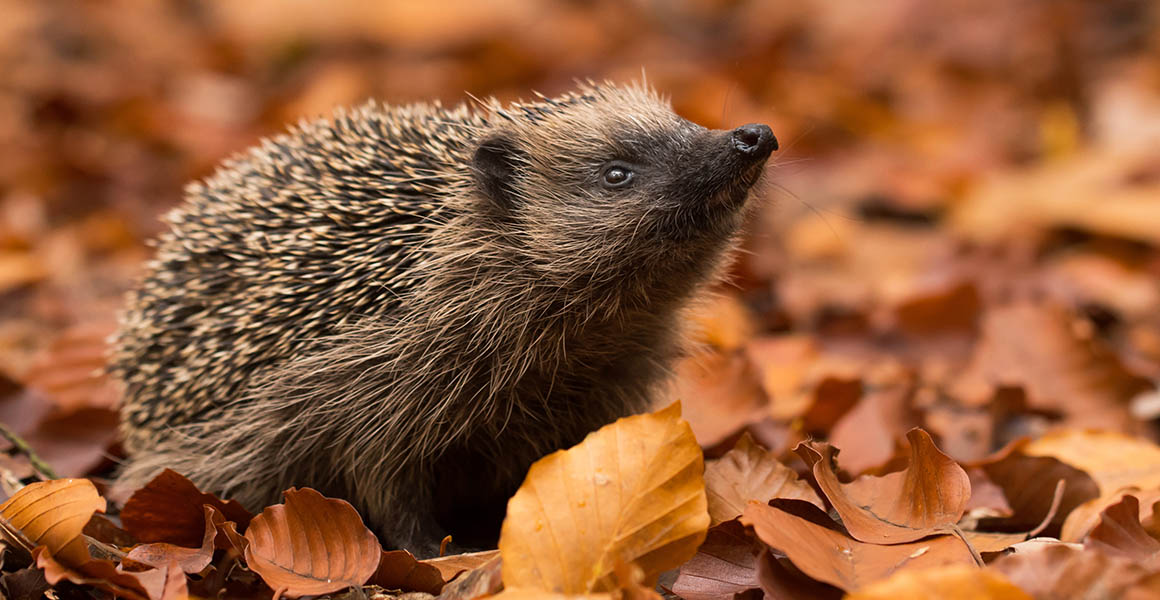


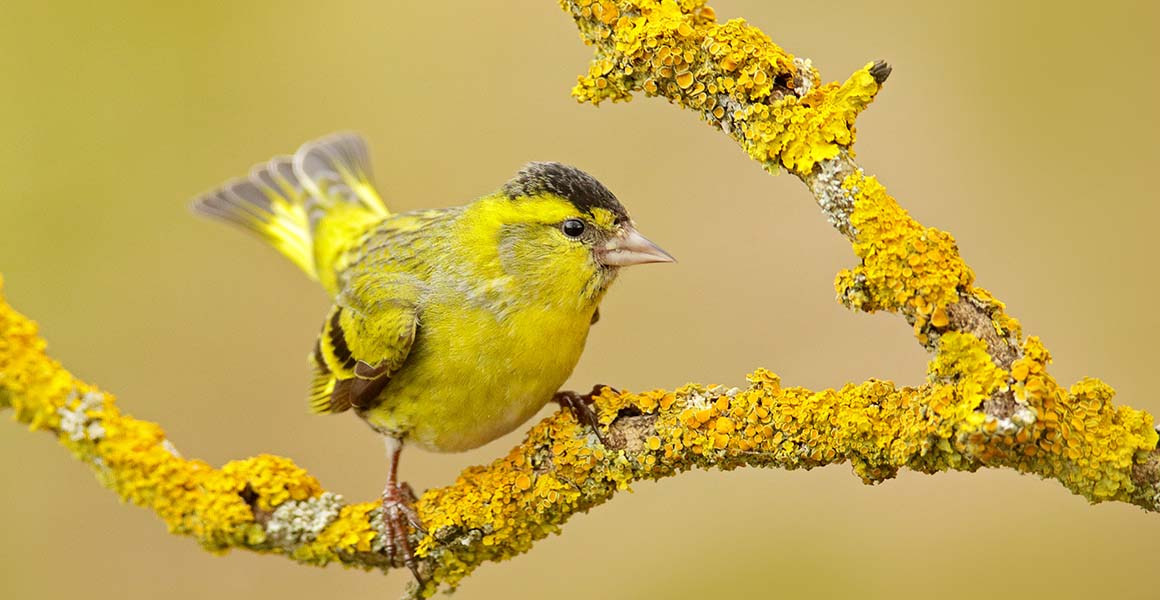
Don't miss a thing
Receive email updates about our news, science, exhibitions, events, products, services and fundraising activities. We may occasionally include third-party content from our corporate partners and other museums. We will not share your personal details with these third parties. You must be over the age of 13. Privacy notice.
Follow us on social media